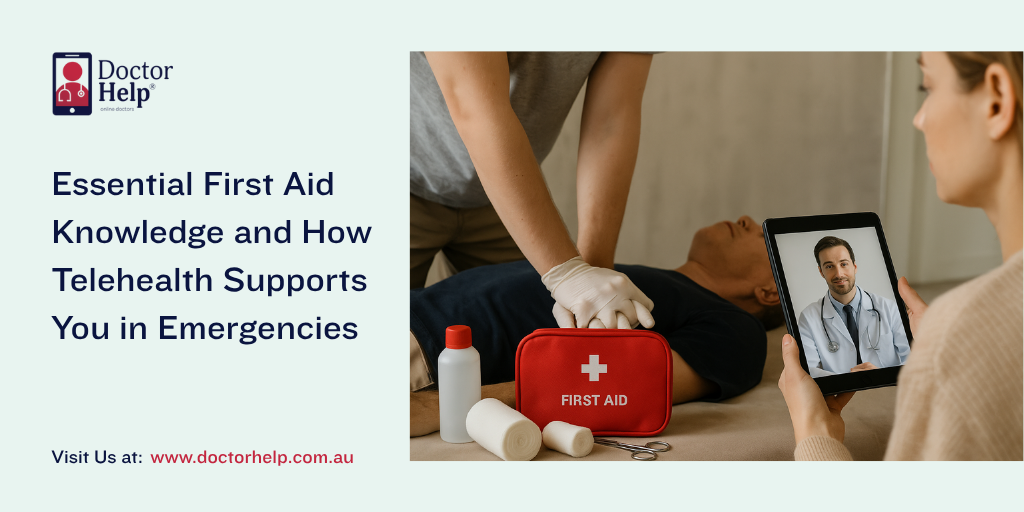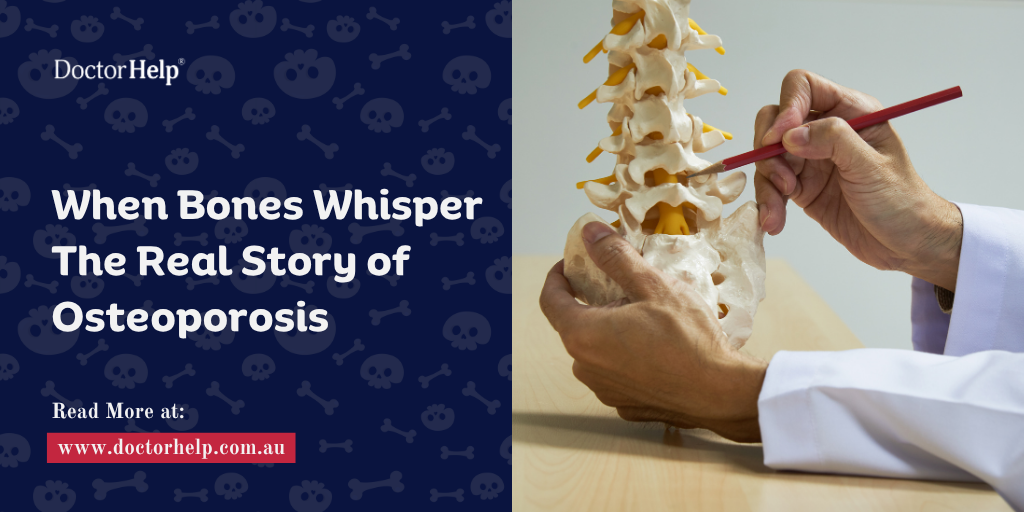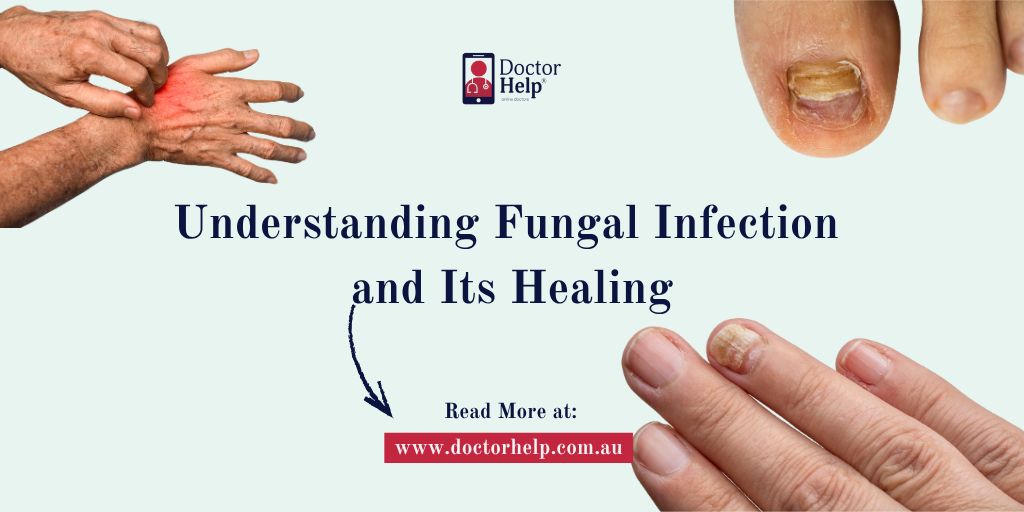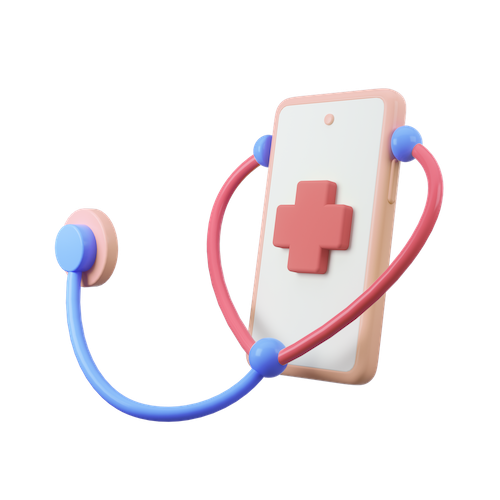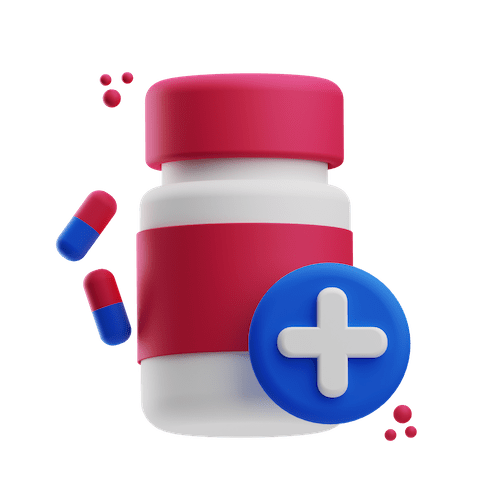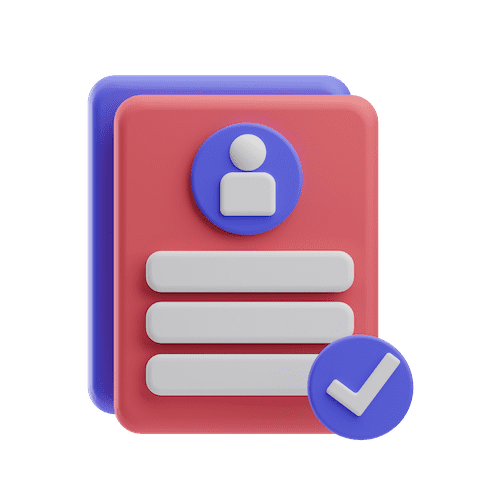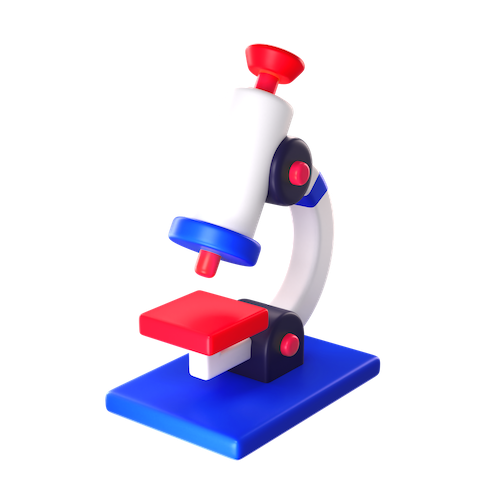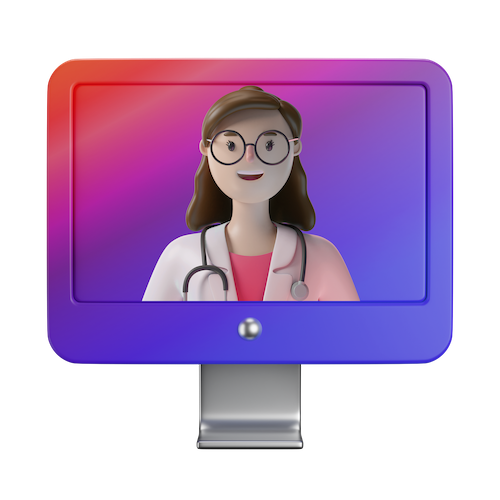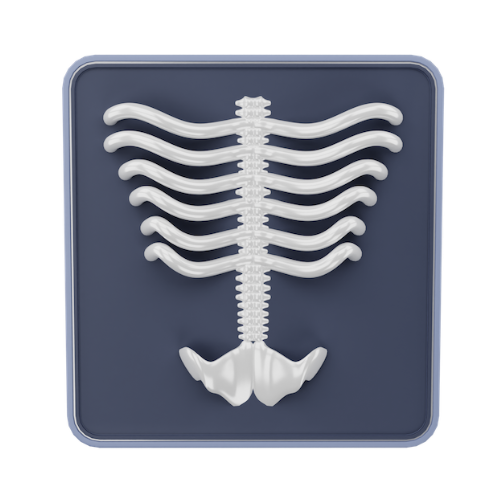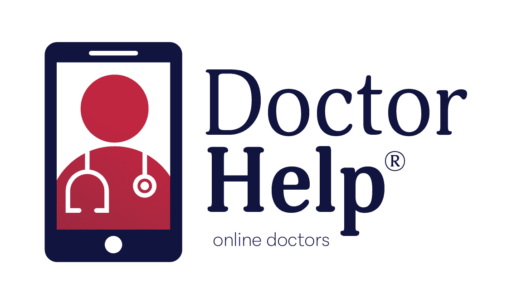Table of Contents
Life in Australia is unpredictable–let us be honest. So whether you get bitten by a renegade mozzie at a BBQ, burn yourself on a Sunday sausage sizzle or your toddler decides that running into a door frame is a good idea, you will be glad you were prepared. And to be ready, it begins with the best first aid kit for home in Australia.
It is not a list of boxes of band-aids. It tells you everything you need to know about keeping your family safe with Australian Standard first aid kits, emergency kits that are designed to suit the Australian lifestyle, and even mini first aid kits so you can have the reassurance of safety when you are out and about.
Today, telehealth services are transforming how Australians access medical support, offering expert guidance in real time, no matter where you are. This blog explores essential first aid knowledge and how telehealth empowers you to manage emergencies safely and confidently.
First Aid Kits Australia: Why They Are Important Now, More than Ever
In Australia, having a first aid box at home is highly recommended for safety, though it is not a legal requirement. Accidents cannot always wait upon a doctor, as we have a climate that is harsh, an outdoor life of activity, and homes in the country that are remote.
A first aid kit Australia that is compliant with the guidelines of the TGA and Safe Work Australia is the best way to ensure you are prepared whenever there are cuts, bites, stings, sprains or any other worst case scenarios. This is where telehealth plays a vital role, bridging the gap between immediate response and professional care.
The Aussie Standard
The Australian Standard first aid kit (As 2675-1983) includes core items like adhesive bandages, saline solution, antiseptic wipes, burn gel, and emergency blankets. Whether it’s a spider bite in Darwin or a surf cut in Bondi, these essentials are non-negotiable.
This standard, while established in 1983, remains the current guideline for consumer first aid kits in Australia.
Basic First Aid Kits Every Australian Household Needs
Here’s our expertly curated list of top household first aid kits in Australia.
Mini First Aid Kit
Compact and lightweight, a mini first aid kit is ideal for those who are often on the go – whether commuting, hiking, or travelling regionally. These kits typically include essentials like adhesive bandages, antiseptic wipes, and tweezers.
When a minor incident occurs, such as a small cut or allergic reaction, having this kit allows you to begin basic care immediately and consult a telehealth GP for follow-up if symptoms escalate.
For example, if you’re experiencing swelling or a possible infection while on a road trip, a travel kit combined with telehealth access ensures timely support.
Home/Survival First Aid Kit
A home or survival first aid kit is your all-in-one emergency toolkit. Designed for households or extended stays in rural or isolated areas, these kits include items like burn dressings, emergency blankets, CPR masks, and a first aid manual.
If someone in your home experiences a fall, wound, or respiratory issue, you can administer first response care and connect to a telehealth GP who can assess the injury, advise on medication, or initiate a referral–without leaving the house.
Read our guide on “When to Consult an Online Doctor For Fever In Adults”
Travel First Aid Kit
Unexpected things can happen on the road. A travel first aid kit is essential for managing minor accidents or motion sickness, and it’s often the first line of care after a traffic incident. It typically includes gloves, wound cleaning wipes, saline, scissors, and emergency warning signs.
In situations where someone experiences chest pain, dizziness, or injury after a collision, a telehealth consultation can guide the next steps while waiting for emergency services, particularly in regional or roadside environments.
Snake Bite and Wilderness Kits
For those living or travelling in bushland or remote areas, a snake bite or wilderness first aid kit is critical. These specialized kits contain compression bandages, splinting materials, and guides for pressure immobilisation techniques.
When a bite or venomous sting occurs, telehealth can assist in distinguishing between harmless bites and those requiring urgent attention–reducing panic and increasing the chance of positive outcomes.
Key Benefits of Telehealth for First Aid Include:
- Immediate Expert Guidance: Whether you’re unsure how to clean a wound, manage a burn, or perform CPR, telehealth providers can walk you through the necessary steps in real time.
- Access in Remote Areas: In rural Australia, where medical facilities may be hours away, telehealth ensures you’re never alone during an emergency. Portable telemedicine devices with high-resolution cameras and secure communication systems enable detailed remote assessments.
For example, a farmer in a remote area who suffers a machinery injury can connect with a telehealth clinician to receive step-by-step wound care instructions, reducing complications and improving outcomes.
Also read how telehealth for rural healthcare is bridging the gap. - Support During Disasters: Natural disasters like bushfires or floods can disrupt access to clinics. Telehealth services remain operational, providing critical first aid advice and mental health support when it’s needed most.
- Tailored Advice: Telehealth professionals can assess your specific situation and environment, helping you decide if self-care is sufficient or if urgent hospital care is necessary.
What to Put in First Aid Kits?
A true Australian Standard first aid kit includes:
| Essential Item | Purpose |
| Adhesive Bandages | For minor cuts and grazes |
| Antiseptic Wipes | Cleans wounds, prevents infections |
| Snake Bite Bandage | Pressure immobilisation |
| Emergency Blanket | Helps retain body heat and reduce the risk of hypothermia. |
| EyeWash Ampoules | For dust, chemicals, or allergies |
| Scissors, Tweezers, Gloves | Basic wound care and hygiene |
| First Aid Manual | Quick-response instructions |
These components align with Safe Work Australia guidelines and cover the majority of home-based emergencies.
Additional useful items include cold packs, bite and itch relief gels, disposable CPR masks, and face shields, depending on your family’s specific needs.
Expert Advice
- Replace expired items every 6-12 months.
- Include CPR instructions and consider disposable CPR face shields.
- Tailor your kit: add ice packs for sport-related care or snake bite components if bushwalking.
Conclusion
In a place as amazing and rugged as Australia, preparation is not only a good idea – it can save your life. These are not only products, these are the best first aid kits in Australia households. They are the peace of mind, comfort in chaos, and the little heroes stuffed with zippers and Velcro.
First aid knowledge saves lives, and telehealth is revolutionizing how Australians access expert medical support in emergencies. By combining practical preparedness with instant virtual care, you can confidently manage injuries and illnesses wherever you are.
Empower yourself and your family today–learn first aid basics, prepare your kit, and know that professional help is just a call or click away through telehealth.
For more information or to book a telehealth appointment, contact us anytime. Your safety and health are our priority.
Reference
- Guidance First aid kits that contain medical devices and/or medicines. (2021). In TGA.
https://www.tga.gov.au/sites/default/files/guidance-first-aid-kits-that-contain-medical-devices-and-or-medicines.docx - First aid | Safe Work Australia. (n.d.).
https://www.safeworkaustralia.gov.au/safety-topic/managing-health-and-safety/first-aid - Catalogue item – Standards Catalogue | Standards Australia. (n.d.).
https://www.standards.org.au/standards-catalogue/standard-details?designation=as-2675-1983 - Healthdirect Australia. (n.d.). First aid kits.
https://www.healthdirect.gov.au/first-aid-kits

